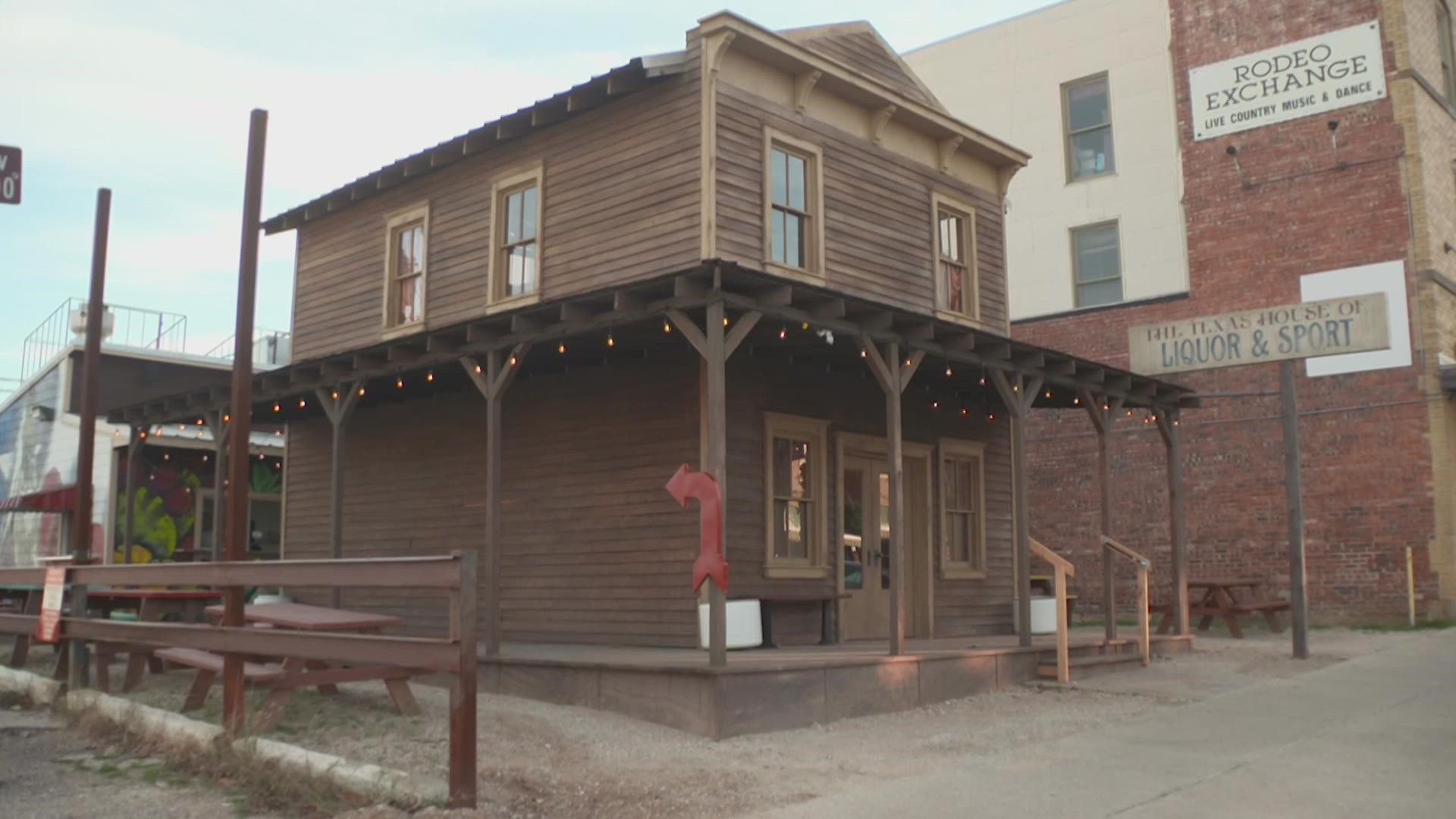DALLAS — At this point, it feels like everyone has seen “Spider-Man: No Way Home.” It also seems like everyone has seen “Yellowstone,” the hit breakout Paramount show with huge Texas ties.
While the two pieces of entertainment are very different from each other, they’re examples of a huge shift in the way we watch things now.
“Yellowstone” started off three years ago as a grassroots hit in rural areas before bigger cities caught on. The hit Paramount show about a family of Montana ranchers ended its fourth season on Sunday night with an average 10.4 million total viewers on the Paramount Network -- that’s more than double its 4.5 million average in season 1 and up 81% from its season 3 finale.
On the big screen, ”Spider-Man” broke all kinds of box office records this holiday season. As of this writing, it has made nearly $1.4 billion worldwide and nearly $622 million in America, according to Box Office Mojo, and that’s even with the currently surging omicron variant affecting the nation.
Americans spent $4.5 billion at the box office last year, down 60% from 2019, when the most accurate numbers could be counted. The total domestic take alone for the third entry in Tom Holland’s stint as the friendly neighborhood web-slinger comprised 10% of all of the money made at the North American box office in 2021, according to data firm ComScore.
'Yellowstone’-sized returns
What do all of those numbers mean for you, the viewer? It means 2022 will be full of Texas-sized tentpole films in theaters and niche word-of-mouth content on TV.
Why did “Spider-Man” succeed while theatrical releases made by big names like Steven Spielberg, Guillermo del Toro and Lana Wachowski flopped? Spoilers. Or, rather, avoidance of spoilers. Half of 2021’s top 10 movies at the box office were adapted from comic books, and all of those movies were Marvel properties.
People want to be the first to see something in the theater so they can talk about it with their friends -- an aspect that Disney and Sony played up in the marketing for “Spider-Man.”
That first-weekend exclusivity has been the norm for many of Marvel’s movies over the past decade, which have taught audiences to expect big post-credits scenes or crossover events with other properties.
What’s more, all but one of the top 10 movies at the box office are part of larger franchises. “Free Guy” was the only movie to crack the top 10 that was new and original, and even that references other films in the Disney/Marvel canon.
The lesson here? People want to see it first and see movies that are part of franchises they already know. Companies will make more franchise films to sell to those audiences, and it seems the only movies people want to leave the house for anymore are increasingly made by one company: Disney.
Audiences also want to see themselves portrayed on screen, which is why “Yellowstone” is a ratings juggernaut in places like Texas, Montana, West Virginia and Georgia, and something like HBO's “Succession” isn’t.
“Yellowstone” owes its success in part to a surge of popularity in Texas, where show creator and lead writer Taylor Sheridan owns the Four Sixes Ranch portrayed in the show.
“Yellowstone” defies conventional TV rating practices, according to a recent article in the Wall Street Journal. Typically, shows do well in big cities before spreading to other markets in the country. Not so with “Yellowstone,” which did well in the earlier mentioned states before picking up word-of-mouth and getting a sizable viewership on streaming services Paramount+ and Peacock. It did so well, in fact, that a Fort Worth-filmed prequel, “1883,” became the most-watched debut in Paramount+’s history (a short history, to be sure, but an achievement nonetheless) last month.
“They really dig into some parts of the culture that are at risk in this country,” Indiana agriculture consultant Jim Hedrick told the Wall Street Journal.
The future?
As each streaming service continues to search for its own niche to fill in order to find viewers and movie studios continue to rely on known entities to fill seats, audiences can expect three things: Niche catering on TV; mass appeal for audiences at the theater (if they go at all); and familiarity.
2022’s movie calendar slate already features at least three Marvel movies, two Pixar movies, a long-rumored “Avatar” sequel and a “Jurassic Park” sequel. And by the end of 2022, TV will continue to become more fractured among Netflix, Hulu and all the other big streamers, where hit original shows will be mined to become hit franchises.
It’s all about intellectual property.

